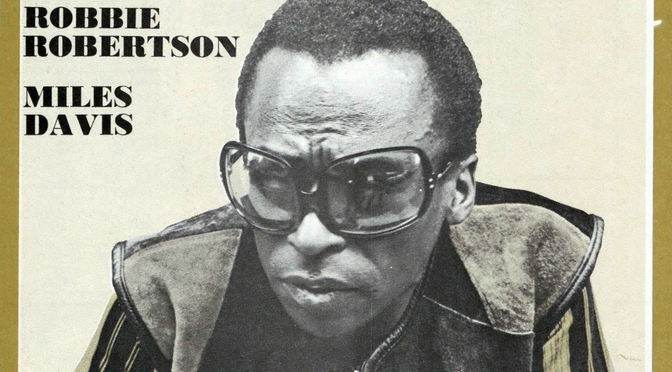Rolling Stone issue #45 had a cover date of November 15, 1969. 48 pages. 35 cents. Cover photo of the Beatles by Camera Press-Pix.
Features: “The Beatles: You Never give me your Money” by Our Staff; “The Stones Tour: Is That A Lot?” by Jerry Hopkins; “Keith Richards” by Ritchie Yorke; “San Quentin” by Jon Carroll; “Memories of an Apple Girl” by Francie Schwartz; “Jimi Hendrix: I don’t want to be a Clown any More…” by Sheila Weller.
News: One and One and One Is Three?; “Music Scene Ain’t Got No Balls” by Ben Fong-Torres; Delaney & Bonnie: No Hard Feelings?; “Blunt Music from A Black Panther” by Eliot Tiegel; White Panther On the Lam; Moratorium: The Beat Went On; “Early Blues Artist Skip James Dies”; “Chess Records’ Co-Founder Dies”; Janis Joplin Story–Minus Janis; “Creedence: Show Biz in Denver” by Richard Kreck; “Redding On Jimi: I Said Stuff It” by Ritchie Yorke; James Taylor Crash: Breaks Both Hands; New Underground Blast Reported; Two More Men Rolling Stoned; In the Next Issue; Owsley Guilty: 67 1/2 Righteous Grams; US, Mexico Resume Peaceful Trade; Donovan’s Trippy Anti-Trip Trip; Nixon Going Soft On Dope Smokers; Hawaiian Plant for Jefferson Airplane. And Random Notes on Bob Dylan, May Hopkin, Buddy Miles, Small Faces, Steve Miller Band, Flying Burrito Brothers, Dewey Martin, Moody Blues, Led Zeppelin, Star Club, Plastic Ono Band, Bee Gees, Jack Bruce, Richie Havens, Popcorn, Miles Davis, Aretha Franklin, Dion, Willie Dixon, Mac Davies, Randy Newman, Ry Cooder, Chicago, Doors, Love, Fleetwood Mac, Hair.
Reviews: Abbey Road, The Beatles (by John Mendelsohn); Abbey Road, The Beatles (by Ed Ward); In a Silent Way, Miles Davis (by Lester Bangs); Emergency, The Tony Williams Lifeline (by Lester Bangs); The Hunter, Ike and Tina Turner (by Pete Welding); Boz Scaggs (by Ed Leimbacher); What This Is!, Screamin’ Jay Hawkins (by John Morthland); Ready to Ride, Southwind (by Gary Von Tersch); Whatever’s Right, Lonnie Mack (by John Morthland); Just Good Old Rock and Roll, The Electric Prunes/Rock and Roll, Vanilla Fudge (by Lester Bangs); It’s Not Killing Me, Michael Bloomfield/My Labors, Nick Gravenites/Live at Bill Graham’s Fillmore West, Mike Bloomfield and Friends (by David Gancher); The Cajun Way, Doug Kershaw (by Ed Leimbacher); Early Days, The Zombies (by John Mendelsohn); He’s a Friend of Mine, The Edwin Hawkins Singers; Love Is All We Have to Give, The Checkmates Ltd. (by Greil Marcus); Songs for a Tailor, Jack Bruce (by Ed Leimbacher); Terry Reid (by John Mendelsohn); You Never Know Who Your Friends Are, Al Kooper (by John Burks); Make a Joyful Noise, Mother Earth (by Patrick Thomas).
Columns: “Perspectives: Believe in the Magic” by Ralph J. Gleason; “Astrology” by Ambrose Hollingsworth; “Putney Swope” by Hendrik Hertzberg; “Books” by Ed Leimbacher (on Rock from the Beginning by Nik Cohn); “Books” by Jon Carroll (on Jim Morrison and the Doors by Mike Jahn).
Poetry: “Low Tide” by William Witherup.
Subscription offer: Fathers and Songs by Muddy Waters and friends, free with 50 cents shipping. $6 for 26 issues; $10 for 52.
Previously: Issue 2, 4, 5, 6, 7, 8, 9, 10, 11, 12, 13, 14, 15, 16, 17, 18, 19, 20, 21, 22, 23, 24, 25, 26, 27, 28, 29, 30, 31, 32, 33, 34, 35, 36, 37, 38, 39, 40, 41, 42, 43, 44, 45.









